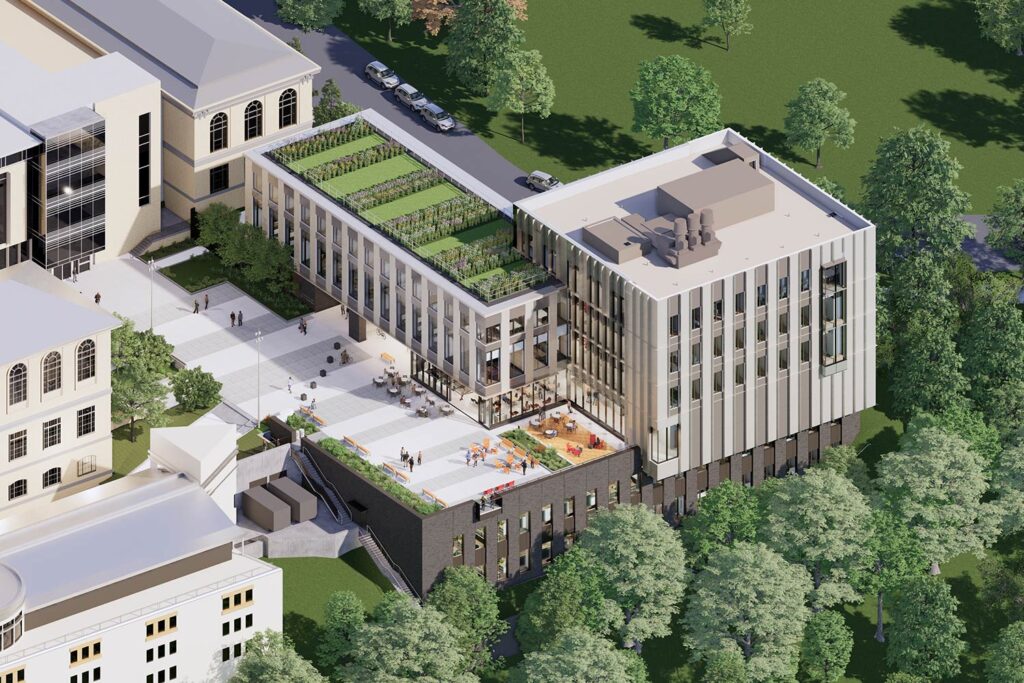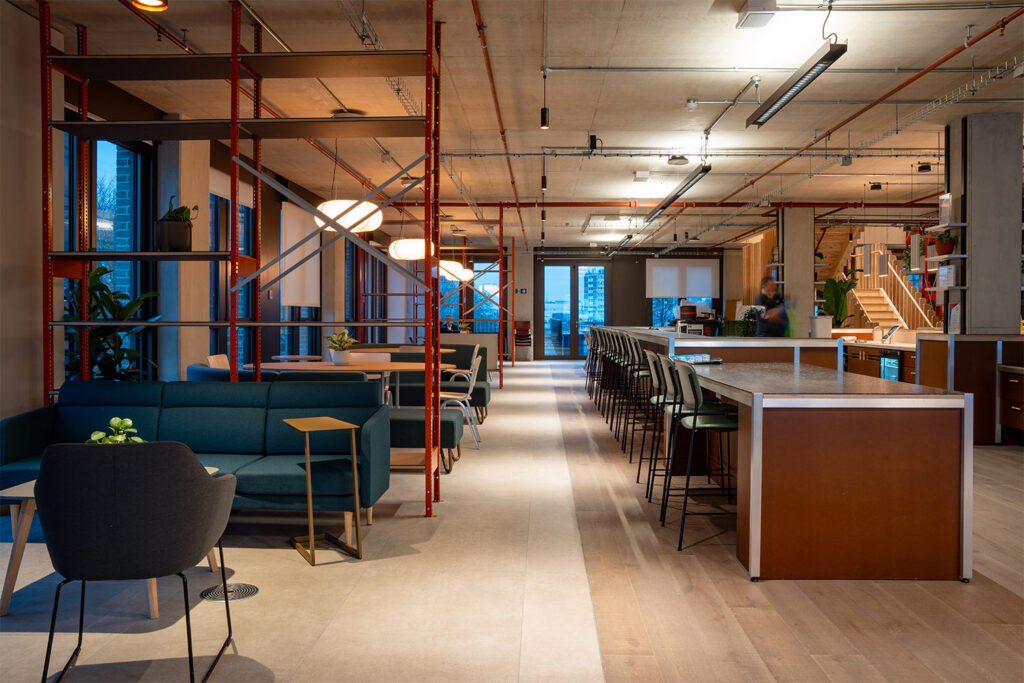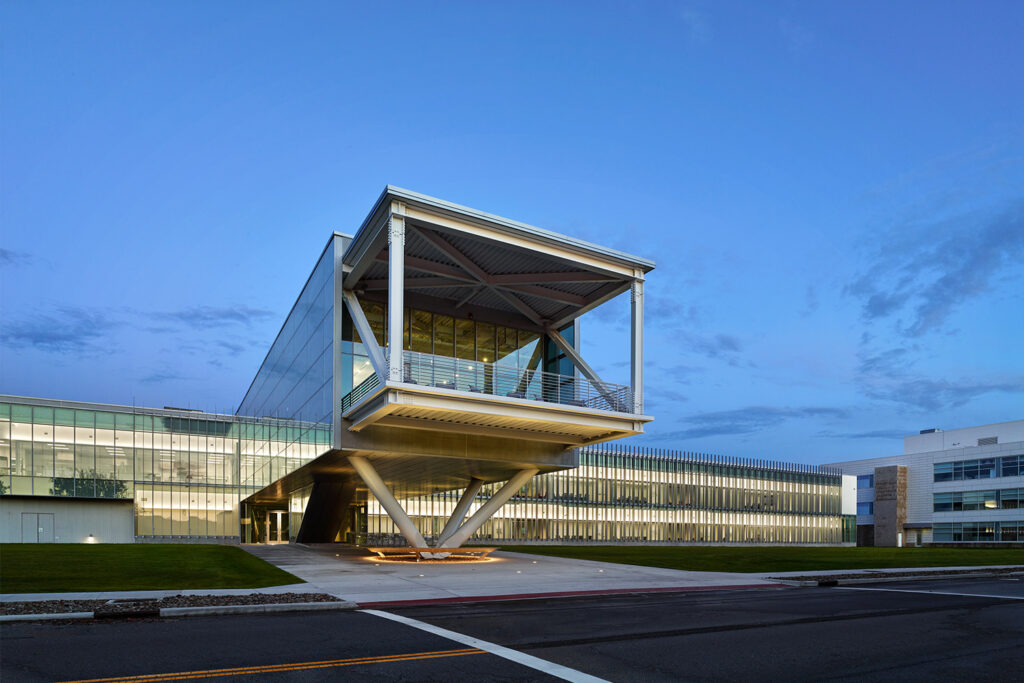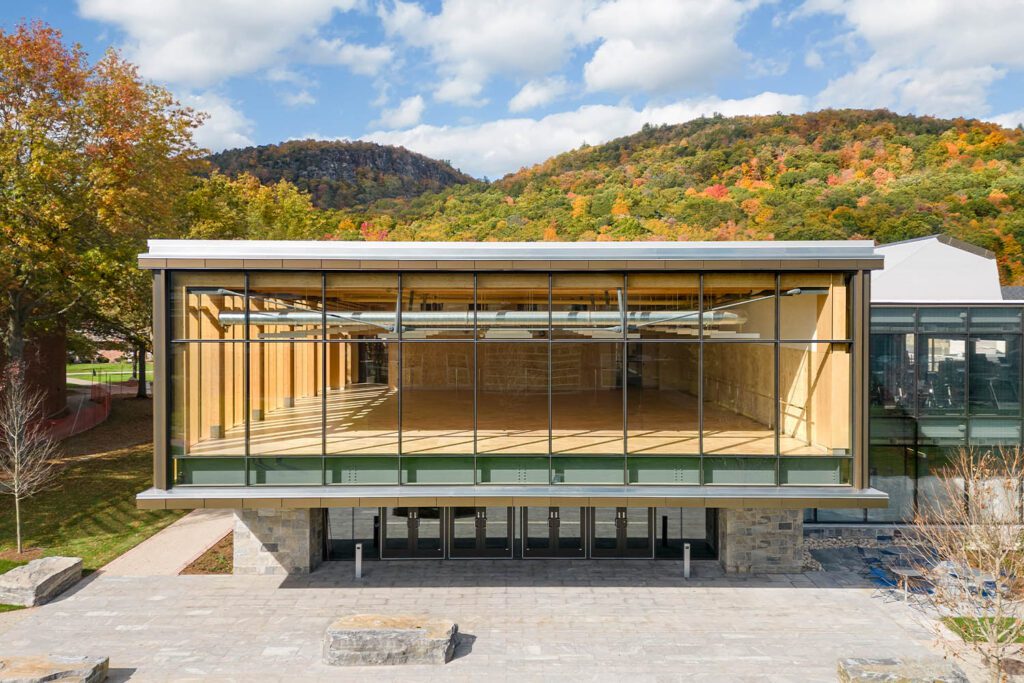How we’re working to help to protect urban spaces
Creating and maintaining security in urban spaces is increasingly a key aspect of our work. This article highlights this work in a new ‘Public Urban Space Demonstrator’ (PUSD). This is the first feature of its kind to combine technologies in a simulated urban environment to protect people and buildings.
The ‘Protecting Urban Spaces Demonstrator’ officially launched at the International Security Expo 2018.
How do you create a demonstrator that accurately and realistically shows risk in public spaces? First and foremost, you need to determine what the key public realm risk scenarios may be. In collaboration with Farrells, our security specialists defined and then mirrored a number of relevant and topical public area security scenarios. The next step was to pair these scenes with Buro Happold’s relevant protective measures. Based on evidence from real-world projects that Buro Happold had undertaken around the world, our specialists decided that two scenarios would be considered in the protection of crowded public spaces. These were based on ‘temporary’ and ‘permanent’ features.
Working with the design team, Buro Happold carefully selected the appropriate manufacturers’ equipment that best fitted these two simulations. The outcome of this work is depicted in Farrells’ initial plans.

From this concept stage layout, the security team was able to draw upon experience in protection of the public realm, to refine and assemble the available security components. The final layouts were then engineered to create construction information for the demonstrator.
The following rationale was considered to create each respective design:
Temporary: This could occur at any public space i.e. pop-up concert or event that would draw temporary but large crowds into an open space. Normally the risk assessment for this space would not justify permanent security measures, but the threat profile of the event may predicate some form of mobilisation of temporary measures. In our scenario we have considered physical and electronic mitigation from the threat of a hostile vehicle or person borne weapon, as well as general crime and public disorder.
Permanent: This is a location regularly deemed a crowded space. Security measures are permanently deployed to protect the public due to an elevated risk of security threats. In our case, the demonstrator provides permanent security features such as: design layout of the space to increase natural surveillance, provision of security lighting, fencing, CCTV, signposting, hostile vehicle mitigation measures, use of access control etc. All mitigation is set out to work in harmony with the public realm in providing a sense of direction and safety within the area.
In both scenarios, the technical feeds from the systems are brought into a permanently manned control facility so that constant response can be provided to an operation or incident.
Careful consideration was taken during the design phase that ensured the manufacturers’ base data (dimensions, shape, weight, function and technical requirements, etc.) of the security components was utilised to inform the ongoing design, together with the use of applicable standards.
Throughout this phase, Buro Happold worked with the client and the architects to ensure the final layout truly answered the initial client brief.

Once the final layouts had been completed, Buro Happold validated them to ensure equipment and installation clashes were avoided from the outset, allowing a final set of 3D rendered views to be created. As seen below:







